Proximity Warning Systems
In 2020/21, the HSE reported 24 employees were tragically killed after being struck by moving vehicles or objects at work.
Accidents involving pedestrians and vehicles continue to remain one of the main cause of work-related injury, particularly in sectors where people plant interface is intrinsically linked.
So how can employers and duty holders, responsible for site safety, reduce the risk of pedestrian vehicle accidents when authorised close contact to heavy equipment and machinery is necessary to carry out the work?
With over twenty years of experience in the prevention of workplace risks, Reactec has developed an advanced proximity warning system using a combination of workplace wearable technology and cloud-based analytics software to help reduce incidents involving pedestrian workers and vehicles.
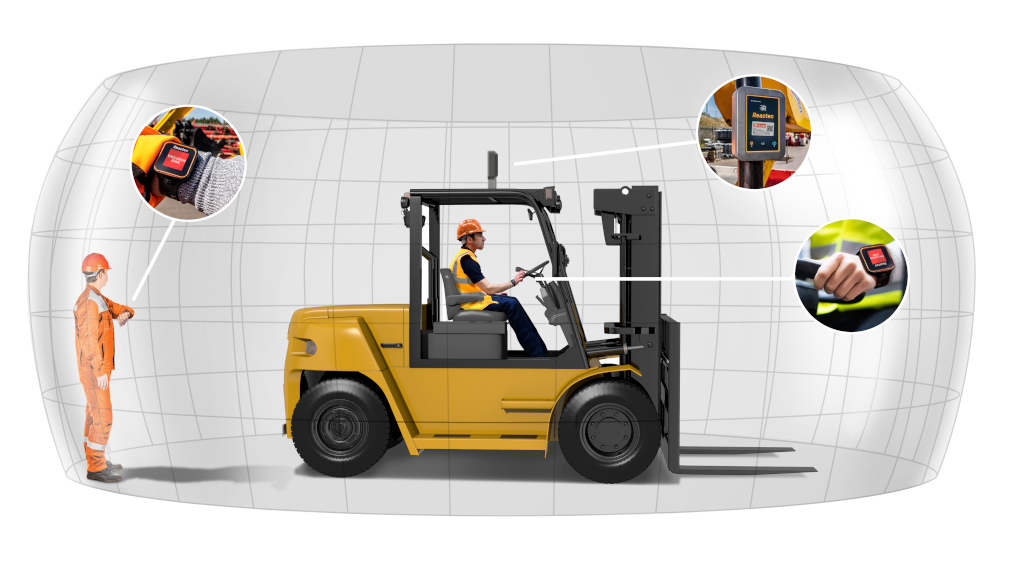
Advanced Proximity Warning System
Proximity warning systems (PWS) have become widely adopted across many industries to reduce incidents involving being struck by a moving vehicle, machinery or an object.
Reactec has developed, R-Link, a new generation of workplace wearable which connects to a fully integrated ecosystem to detect proximity hazards within the risk environment. R-Link is designed to engineer out workplace risks, including dangerous proximity to moving vehicles, machinery or restricted areas:
Proximity Alerts:
Using the latest ultra-wideband technology for fast and accurate detection, the R-Link watch will alert workers of their proximity, keeping your workforce safe from straying too close to dangerous vehicles or equipment. Employee alerts alone is not enough. The powerful Reactec Analytics provide intelligent insights on the who, where and how often near misses occur, allowing you to prevent future incidents. Whether it be behaviours or workflow hot spots, gain the insight needed to create effective controls.
While other proximity warning systems detect objects within a range, R-Link offers much more by being highly configurable to real world dynamic work environments by allowing drivers of moving vehicles to be alerted, or not, to pedestrians breaching their vehicles exclusion areas. This means alerts can be switched-off for authorised close contact work, including banksman and slinger activities. The highly sophisticated technology can even recognise when a driver leaves their vehicle and provides them with proximity protection as a pedestrian.
Access Restrictions:
If you need to ensure that employees stick to specific work areas dependant on their responsibilities and authorisation, use R-Link to establish exclusion zones which will respond to a worker’s credentials. On a day-to-day basis, you can simply and easily control who can access different work areas.
R-Link Proximity Warning Capability
Download your copy of our R-Link capability brochure to learn how our advanced proximity warning system can help you reduce the risk of incidents involving pedestrians and vehicles at work.
How can wearable devices help reduce injuries from moving vehicles?
Learn how wearable technology, like R-Link, can help to prevent injuries caused by forklifts and heavy machinery, by alerting workers to proximity hazards in real-time.
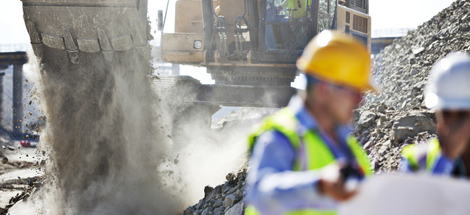
Why proximity detection technology is vital for your workers’ safety.
Learn how R-Link’s advanced proximity warning system can quickly and accurately detect workplace hazards to tighten preventative measures and improve site safety.
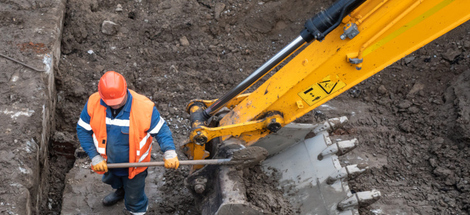
The need for flexibility and customisation in proximity warning systems
Proximity warning systems are vital in construction and heavy engineering, but these sectors involve regular and complex people and plant activities. We discuss the importance of adopting advanced proximity warning systems, like R-Link, which are highly configurable to dynamic work environments while ensuring workers are fully protected.
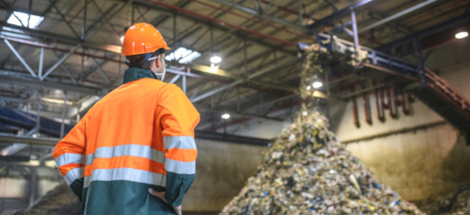
The need for proximity technology in waste management
The role of proximity warning systems is vital in the waste management and recycling sectors following reports from the HSE on a high number of fatal and serious injuries caused by machinery and moving vehicles. Learn how R-Link's advanced proximity warning system can safeguard employees in the sector and capture actionable data on how to refine controls.
How does it work?
Reactec’s expanded ecosystem allows employer’s to have a real world risk profile of an employees’ exposure to vibration, noise, dust and proximity to workplace hazards. The powerful combination of advanced wearable technology and cloud-based analytics provides employers with an ability to move from being mitigators of workplace risk to being preventors.
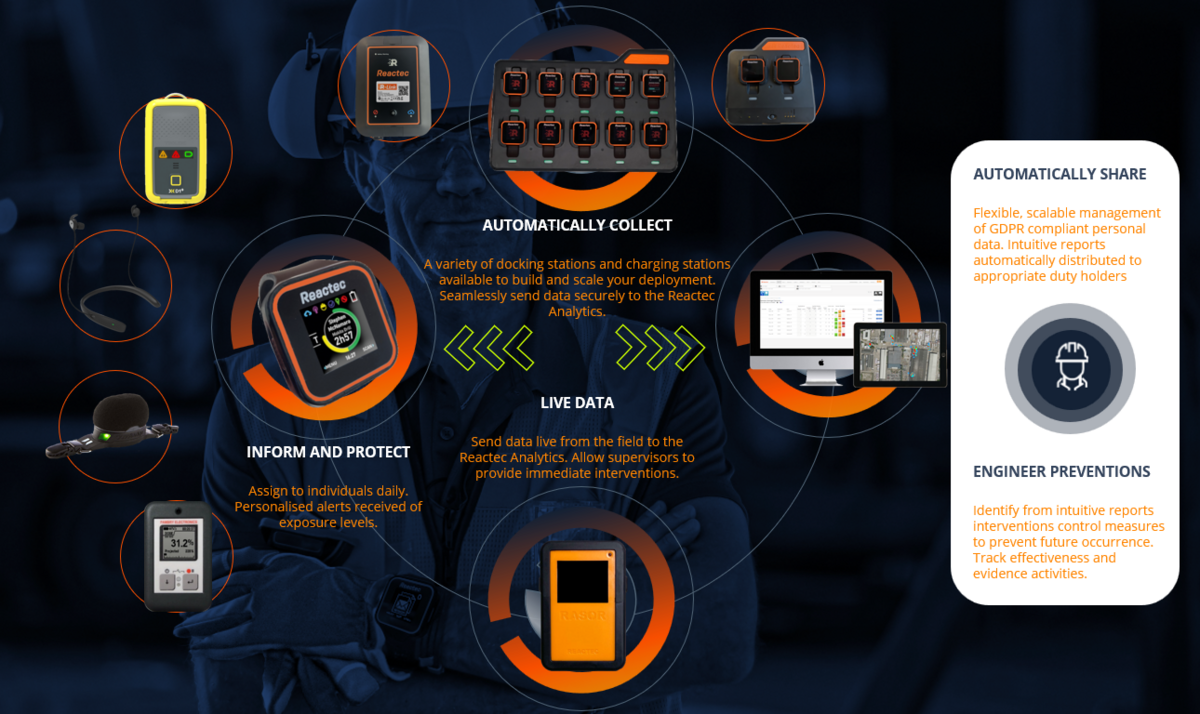
A proximity warning system is detection technology which uses a real-time audible, visual or haptic alert to indicate when an invisible exclusion zone, centred around a restricted area or heavy plant, has been breached.
Exclusion zones and restricted areas often used in the construction, or industrial sectors, to ensure teams keep a safe distance from high-risk activities, including active machinery, heavy plant plant operations or falling objects.
Ultra-wideband is an effective short-range radio communications technology which offers high accuracy and low latency. The technology is proving very effective for precise location and tracking applications of moving objects.
